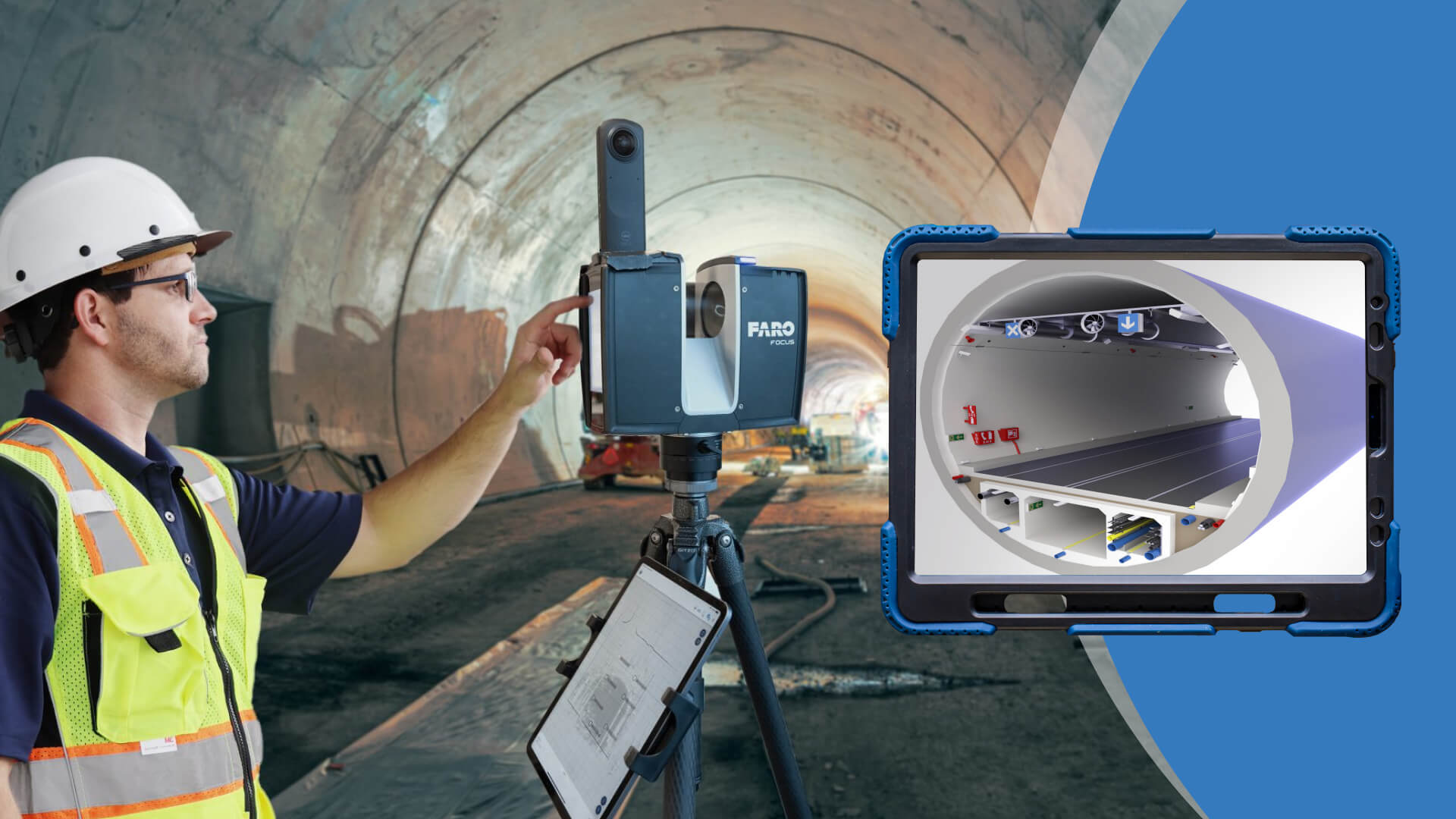Scan to BIM is a process that captures precise, accurate measurements and characteristics of a physical structure using 3D laser scanning technology. The data collected through scanning to BIM services is converted into a 3D model that accurately represents the structure’s as-built conditions, including architectural details, structural elements, and MEP systems.
point cloud to BIM services are essential for renovation, restoration, and maintenance projects as they provide a precise and reliable basis for planning and execution. High-resolution scanners allow experts to gather comprehensive data, ensuring 3D models accurately reflect the existing structure. This is especially beneficial for historic preservation, where maintaining original features is crucial.
Why a Scan to BIM Checklist?
A Scan to BIM checklist ensures that each step of the scanning to BIM process is thoroughly planned and executed, resulting in accurate and efficient outcomes. A checklist systematically addresses all project aspects, from planning to final BIM model delivery, ensuring no critical steps are missed and preventing costly errors and rework.
A detailed checklist also aids in identifying potential challenges early in the process, allowing teams to develop strategies to mitigate them. By following a scan of the BIM checklist, project teams can ensure comprehensive coverage, precise data capture, and accurate model creation, leading to successful and efficient restoration and construction projects.
Field to BIM Modeling Process
Field-to-BIM modeling involves several stages that transform field data into detailed and actionable BIM models, essential for various construction and restoration projects.
1. Identification of Requirements
The first step in the scan to BIM workflow is determining the specific project requirements. This involves understanding the goals, defining the scope, and determining the level of detail needed in the BIM model. Effective communication with stakeholders is crucial to gather all necessary information. Scan to BIM services focus on capturing precise measurements and details that meet the project’s unique needs. By clearly defining requirements, the project team can ensure that the scanning process and resulting BIM model align with the expected outcomes, enhancing the overall efficiency and success of the project.
2. Scan Planning
This step involves selecting the appropriate scanning equipment and setting up the site for data capture. Proper planning ensures comprehensive coverage and accurate data collection. The plan should include the sequence of scans, scanning positions, and reference points. Effective scan planning minimizes disruptions and maximizes data quality, ensuring that the scanning to BIM services produces reliable and detailed models for subsequent analysis and modeling.
3. Point Cloud Scanning
Point cloud scanning is the process of capturing high-resolution 3D data of the structure using laser scanners. Scan to BIM use advanced scanning technology to collect precise measurements and create a detailed point cloud. This data forms the foundation for the BIM model, capturing intricate architectural details and geometries. Accurate point cloud scanning ensures that all relevant areas are covered and that the data is comprehensive. The quality of the point cloud directly impacts the accuracy of the final BIM model, making this step crucial for successful scan to BIM projects.
4. Deciphering the Point Cloud Data
Solving the point cloud data involves processing the raw scan data to filter out noise and irrelevant information. This step includes aligning and merging multiple scans to create a readable dataset. Scanning to BIM services ensures that the data is clean and ready for modeling. The processed data is then used to generate a detailed and accurate digital representation of the structure. Proper data processing is essential for creating reliable BIM models that accurately reflect the as-built conditions, enabling informed decision-making and effective project planning.
5. BIM Modeling
BIM modeling converts the processed point cloud data into a complete digital model. This involves creating a 3D representation that includes geometric details, material properties, and relevant historical and contextual information. BIM focuses on delivering accurate and detailed models that serve as a trustworthy base for renovation, restoration, and maintenance projects. The BIM model provides a visual and data-rich foundation for analysis and planning, helping stakeholders understand the current state of the structure and make informed decisions about future work.
6. Quality Control
Quality control is a critical aspect of the BIM for the accuracy and reliability of the final output. This process involves cross-checking the BIM model against the original point cloud data to verify its accuracy. Any differences are handled and corrected to maintain high standards. Regular quality checks throughout the scanning and modeling steps help identify and resolve issues early, preventing costly errors and rework. Scanning to BIM services implements stringent quality control measures to ensure that the digital models accurately represent the as-built conditions, providing a reliable basis for restoration and construction projects.
Advantages of Scan to BIM
- High Accuracy: Provides precise measurements and detailed models.
- Efficient Documentation: Creates comprehensive records of existing conditions.
- Improved Planning: Facilitates better decision-making and project planning.
- Historical Preservation: It helps preserve the integrity of historical structures.
- Cost Savings: Reduces the need for rework and minimizes errors.
Conclusion
Scan to BIM is transforming the way we approach building and restoration projects by providing highly accurate and detailed digital models of existing structures. By following a structured workflow and utilizing advanced scanning tools from companies like Leica, Faro, Riegl, and Trimble, project teams can ensure successful outcomes. The integration of BIM automation further enhances efficiency, making Laser Scan to BIM an indispensable process in modern construction and historical preservation efforts.


Recent Comments